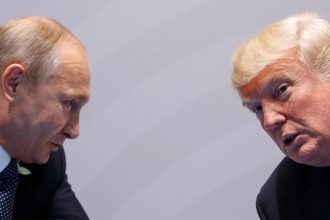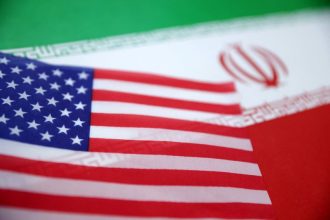May 15, 2025 at the Minnesota State Capitol. (Photo by Nicole Neri/Minnesota Reformer)
The Minnesota Capitol has no security checkpoints or metal detectors and allows guns on its premises, making it an outlier among state houses for its relatively lax security.
Those findings were presented to the Advisory Committee on Capitol Security Monday by the National Conference of State Legislatures, whose researchers delved into capitol security procedures around the country.
State capitol security tends to vary widely; Minnesota elected officials are grappling with ensuring the public can still easily access “the people’s house,” while ensuring everyone’s safety.
Security at the Capitol is top of mind for many state lawmakers and officials who work at the Capitol Complex after the June assassinations of Melissa and Mark Hortman and the shootings of Sen. John Hoffman and his wife Yvette, as well as the assassination of conservative activist Charlie Kirk.
“It is a shared value of making sure that people have access to their Capitol, access to their elected officials, and that the people who serve in these bodies feel safe to do so and that the public feel safe to be here and to interact with us,” said Lt. Gov. Peggy Flanagan, who chairs the advisory committee.
The NCSL gathered data from 38 states, and it found that 30 states have metal detectors and conduct bag searches. Eight states conduct no screenings at entrances. Minnesota has no metal detectors and doesn’t conduct bag screenings.
The security measures have little to do with the partisan make up of the state legislatures, according to The Council of State Governments. Red states like Alabama, Florida, Iowa, Texas and the Dakotas all have metal detectors.
At least 25 of the 38 states that were surveyed prohibit members of the public from carrying firearms, according to the NCSL. Minnesota Republicans, who are closely aligned with the gun rights movement, have been clear they will oppose restrictions on their right to carry.
The advisory committee will meet a few more times this year to create recommendations for the Legislature to take up once it reconvenes for its 2026 legislative session in February.
Any solution will need to be bipartisan, given that Republicans and Democrats share control of the Minnesota House and Democrats control the Senate by just a single vote.








